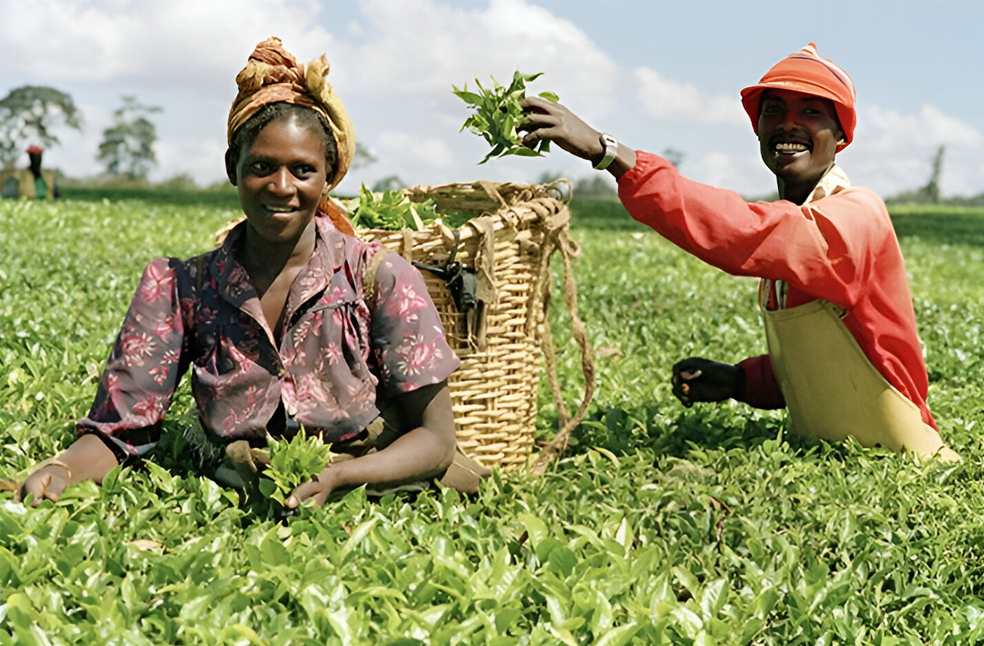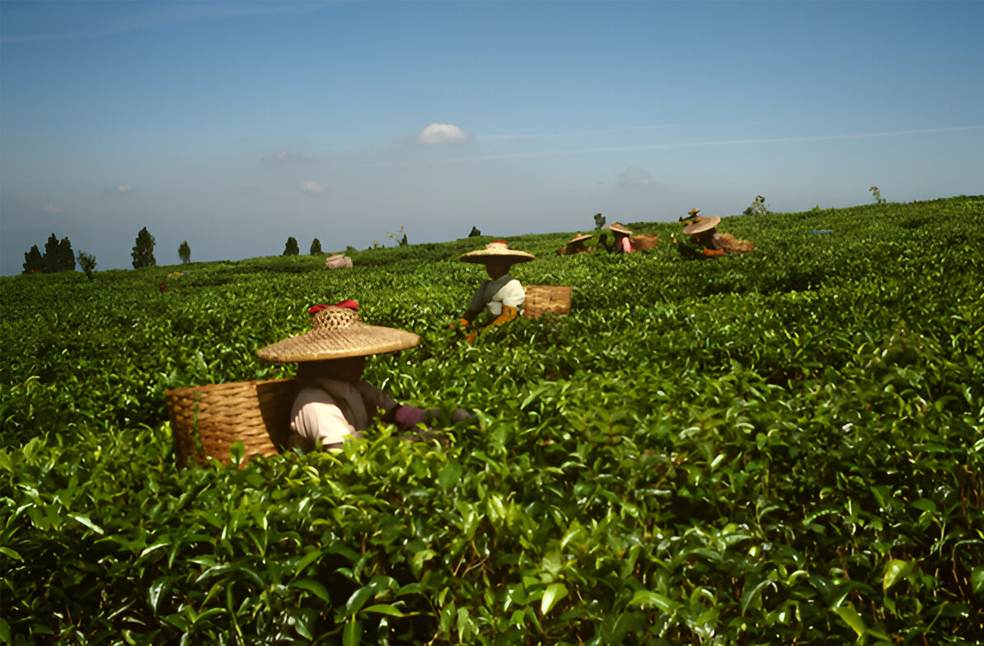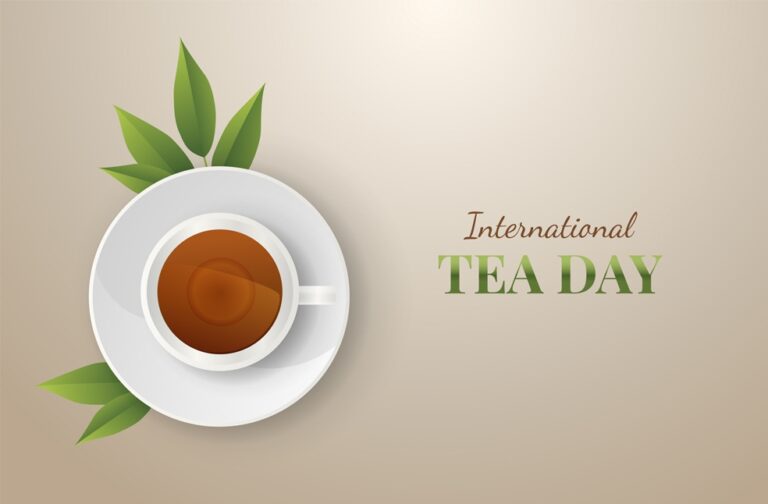Geneva: International Tea Day celebrates tea as the world’s most consumed drink after water, surpassing coffee and beer. Recognizing its global impact, the United Nations designated May 21 to honor tea’s cultural, economic, and social significance.
From Tibetan po cha to English breakfast tea, this ancient beverage has unified societies for millennia. According to the UN, tea’s origins trace back over 5,000 years to northeast India, northern Myanmar, and southwest China.
Language of tea
Words for tea generally derive from two linguistic roots:
- ‘Cha’ – used in Asia, the Middle East, and Eastern Europe
- ‘Te’ – used in Western Europe, introduced through early Chinese trade
Examples include: - Mandarin: 茶 (chá) | Hindi: चाय (chāy) | Arabic: شاي (shāy) | Turkish: çay
- English: tea | French: thé | Spanish: té | German: tee

Global tea production and consumption trends
According to the Global Tea Report published by the Tea and Coffee Trade Journal, China remains the largest tea producer, accounting for 48 percent of global production.
It is followed by India at 20 percent, Kenya at 8 percent, Turkiye at 4 percent, and Sri Lanka at 3 percent, while the rest of the world collectively contributes the remaining 17 percent of tea production.
In terms of consumption, data from the UN’s Food and Agriculture Organization (FAO) reveals that global tea consumption reached 6.5 million tonnes in 2022.
China alone consumed 3 million tonnes, representing 46 percent of the global total. India followed with 1.16 million tonnes (18 percent), while Turkiye consumed 250,000 tonnes, Pakistan accounted for 247,000 tonnes, and Russia consumed 133,000 tonnes.
These figures highlight both the massive scale of tea production and its cultural and economic significance in leading producing and consuming nations.
While global consumption rose by 2 percent in 2022, traditional importers in Europe and North America saw a decline due to rising alternatives. Russia’s intake was also impacted by the Ukraine war.

UN Sustainable Development Goals (SDGs)
The United Nations General Assembly designated May 21 as International Tea Day in response to calls from the Intergovernmental Group on Tea. This initiative aims to boost demand in tea-producing countries where per capita consumption remains low, revive interest in traditional importing nations, and encourage sustainable production and consumption practices.
The observance is designed to foster collective global action by raising awareness of tea’s role in fighting hunger and poverty, improving the efficiency and equity of the tea value chain, and showcasing tea’s significant contributions to several Sustainable Development Goals (SDGs).
Tea directly supports Goal 1: No Poverty by enhancing rural incomes through farming and processing activities. It contributes to Goal 2: Zero Hunger by creating economic opportunities that strengthen food security.
Tea also plays a role in Goal 5: Gender Equality, by empowering women who are active in rural agriculture. Lastly, it aids Goal 15: Life on Land by promoting sustainable land use and ecosystem conservation.
International Tea Day is more than a celebration, it’s a call for global cooperation, rural development, and a more sustainable agricultural future to contribute to the 2030 Agenda for Sustainable Development.



